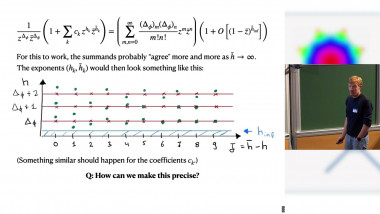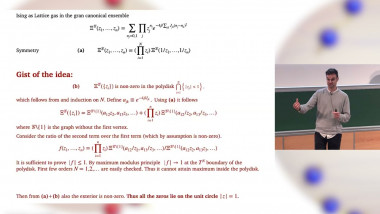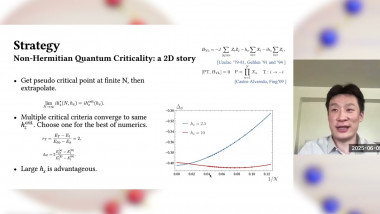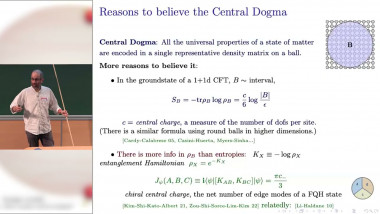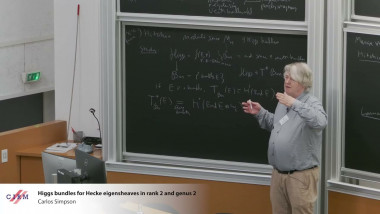Partition algebras and large N permutation symmetry in matrix quantum mechanics
Appears in collection : 2023 - T1A - WS2 - Tensor models and holography
Algebraic techniques based on Schur-Weyl duality have played an important role in the combinatorics of observables and correlators in single and multi-matrix models, of relevance to the AdS/CFT holographic dictionary. These techniques have recently been applied to study the implications of manifest permutation symmetry, for the state space and dynamics of quantum mechanical systems of matrices of general size $N$. The results include a solvable 11-parameter generalisation of the standard matrix harmonic oscillator. The permutation invariant sector of the Hilbert space, for general Hamiltonians, can be described using partition algebra diagrams forming the bases of a tower of partition algebras $Pk(N)$. The integer $k$ is interpreted as the degree of matrix oscillator polynomials in the quantum mechanics. Algebraic Hamiltonians with large ground state degeneracies can be engineered using the partition algebras. Models of quantum many-body scars are also constructed in this framework.










